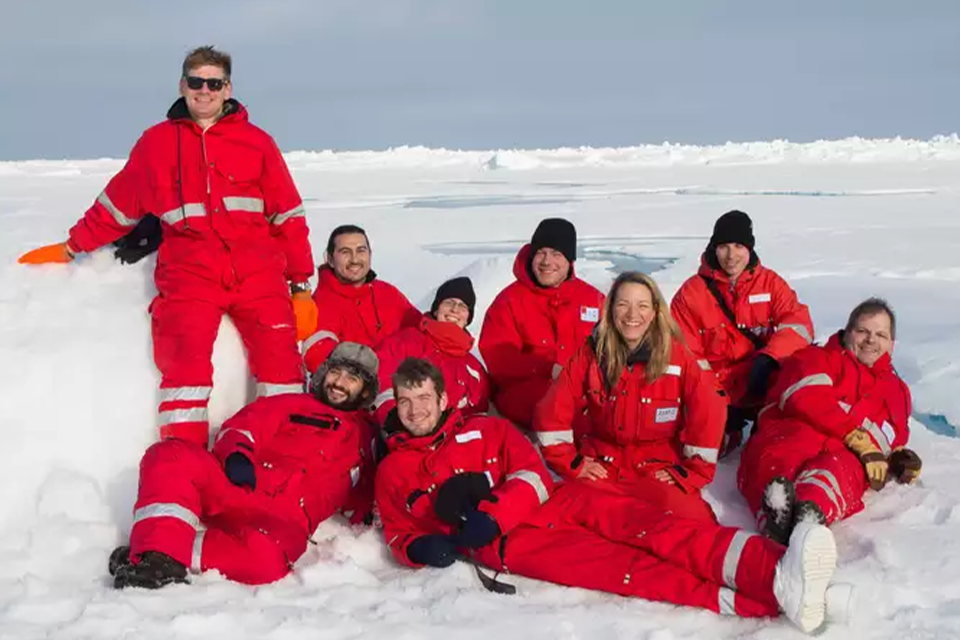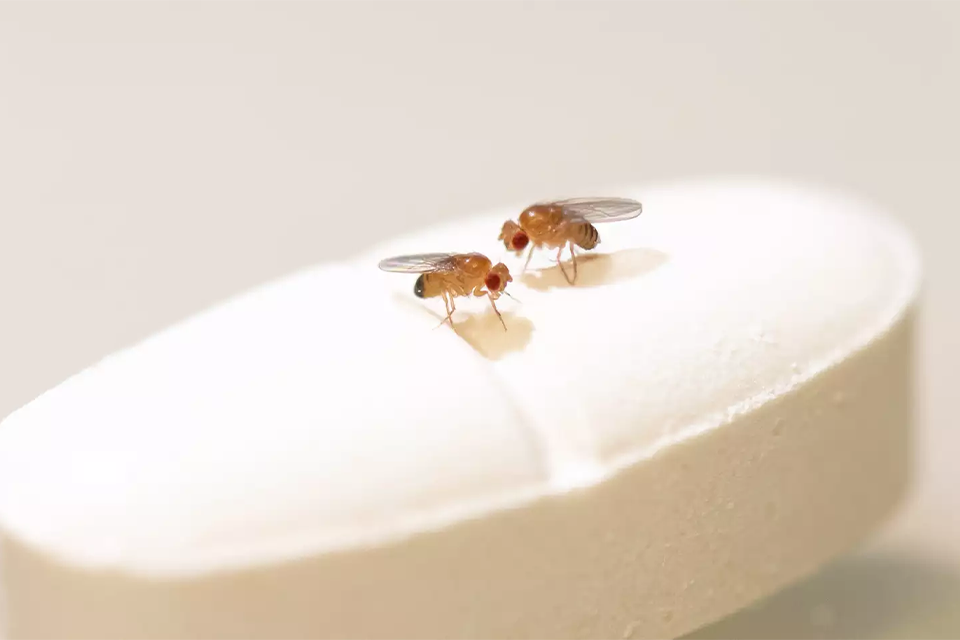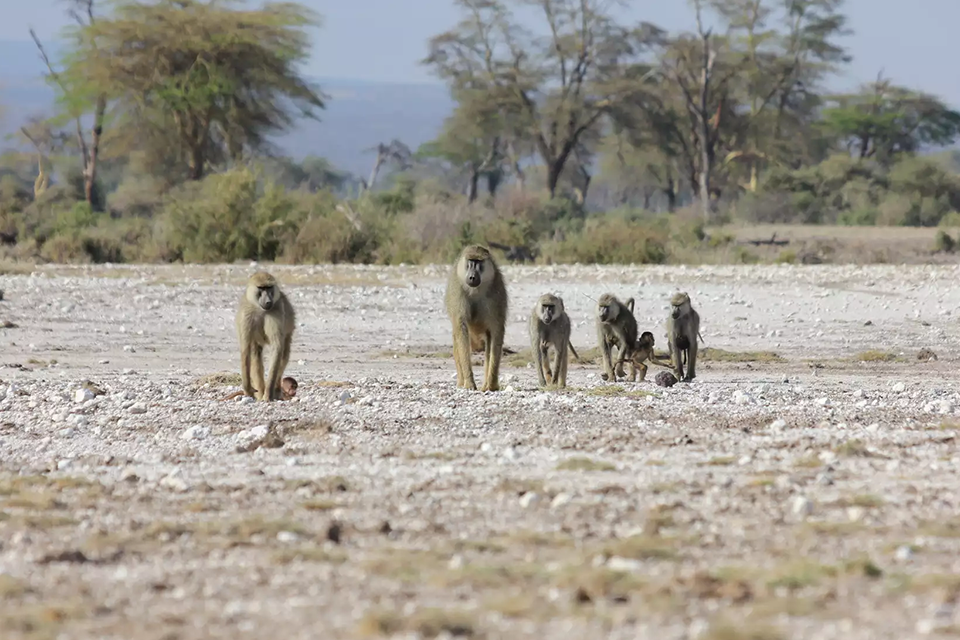Catalysts of the energy transition
When it comes to the energy transition, there has to be the right chemistry. This makes it possible to store electricity from the wind and sun in fuels and base materials for chemical production and also to use CO2 for this purpose. However, the corresponding chemical compounds can only be produced efficiently with the right catalysts; these are, however currently still in short supply.











